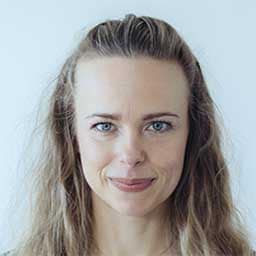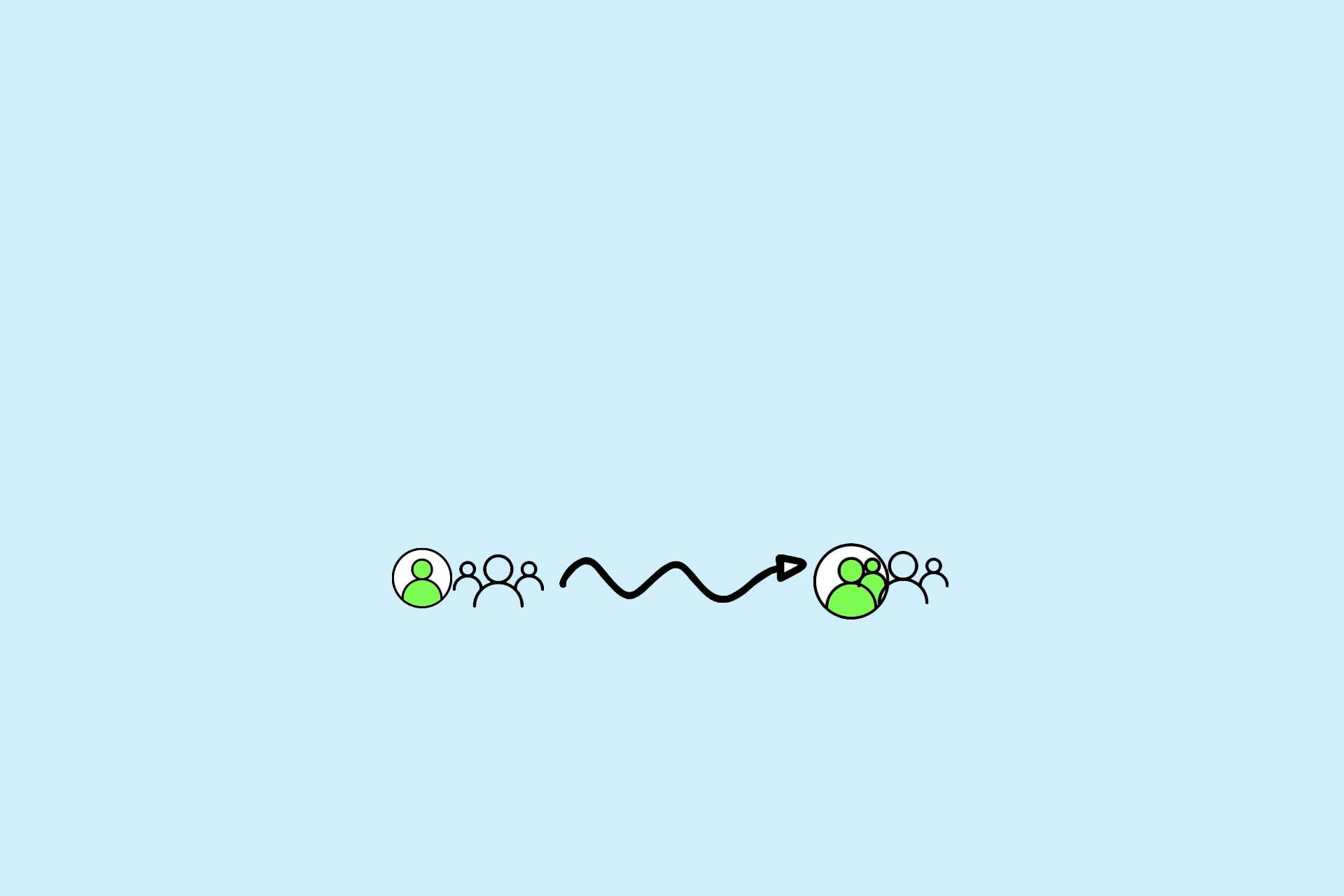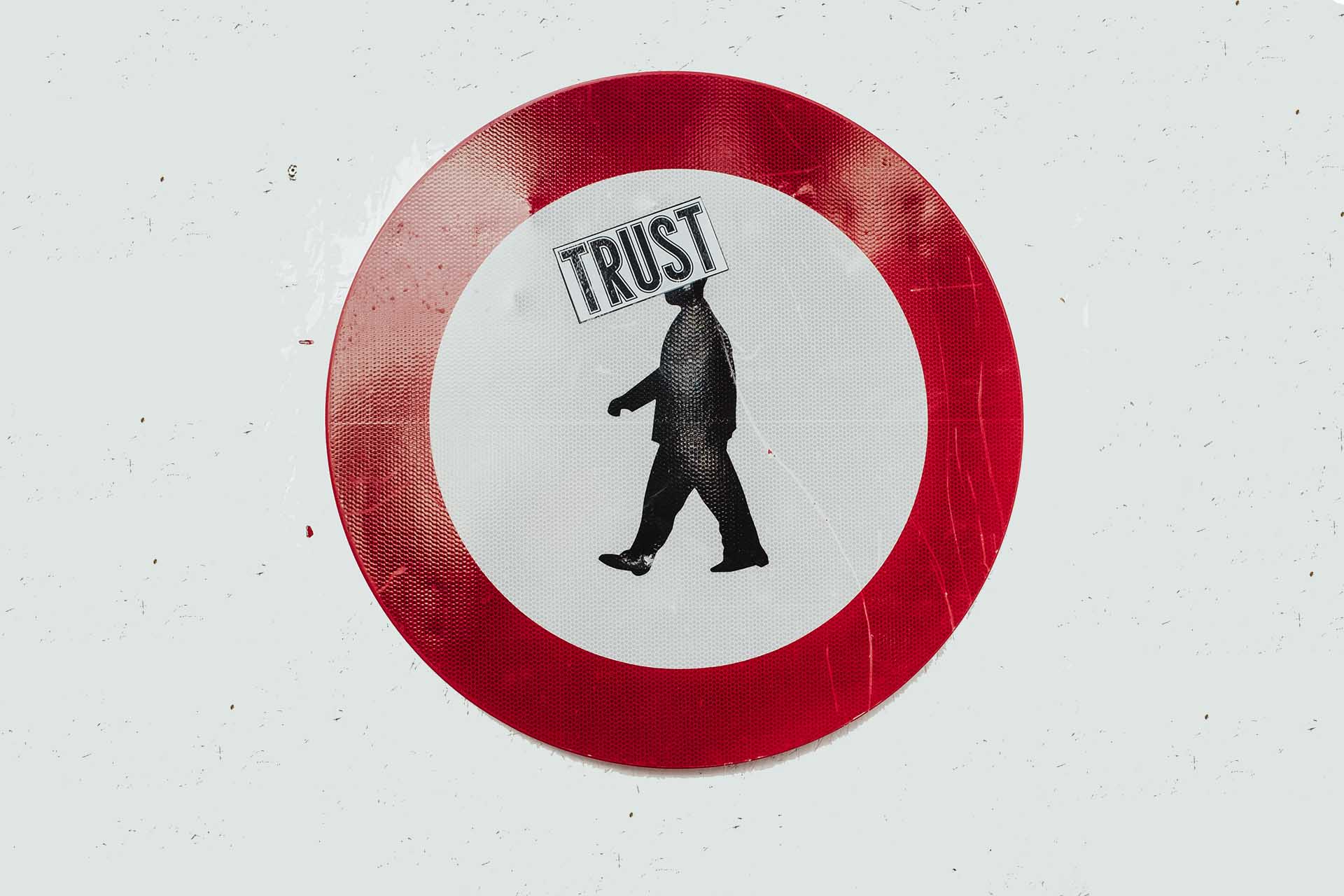Diversity connects
Speaking of the New Normal and diversity: in many places, the corporate culture is weakening, team spirit is suffering from the consequences of the pandemic and it is becoming increasingly difficult to inspire competent employees for the company and to bring teams together, also virtually or hybrid. In order to remain innovative and thus fit for the future, new skills and different ways of thinking are needed to deal with the increasing complexity and to remain attractive for employees who have the right skills for the company. This means looking out for:
“People who can not only operate computers but also control them, who can cope with the complexity of this task. People who can manage networked projects in distributed teams, make meetings productive, who can lead, research, coach and inspire others. We need creativity, humour, initiative and a sense of community.” To use the words of author Gunter Dueck.
I, too, am convinced that it takes people who have diverse and undiscovered skills, can think in a networked way and, moreover, can orchestrate distributed teams. In this article, you will learn where these “wonderwuzzis” (the Austrian synonym for jack-of-all-trades) can be found and how they become innovation drivers. A key role is played by a profound understanding of diversity. Diversity conceived on several levels favours
- innovation,
- emergence and
- co-creativity in companies.1
But what can diversity mean beyond the common meaning and how exactly can it contribute to unleashing much needed innovation capabilities, such as co-creativity, in companies? I would like to outline this in this article and then illustrate it with a simple design – the hybrid retrospective.
I wrote this article for people in leadership positions who like to learn and research how they can give their superiors a first insight into the benefits of hybrid collaboration, New Normal and diversity. And who are looking for innovative ways to address the most burning issues of our time: the digital networking (and connection) of work processes and people.
Colourful definition of diversity
We live in a world in which the diversity of life forms is constantly increasing. According to the Duden dictionary, diversity means: the abundance of different species, forms or the like in which something specific is present, occurs, manifests itself; great variety.2
In order for a picture to emerge from many puzzle pieces, someone needs to see the big picture and put it together. And connection, a common denominator or common ground. This is what the next section is about.
Diversity is manifold
Diversity can take place on all three levels on which I operate as a systemic d-coach – which of course all have to do with each other. And in the best case, they should be in exchange with each other, for example in the form of expert groups and communities. In other words, connected and networked, which leads me to the next point.
Networked – within the organisation
Diversity also takes place at the organisational level. Between teams, with different expertise, disciplines, knowledge, technical know-how, but also among the leaders in the organisation. The more heterogeneous, self-directed and the better networked they are, the more emergent the value created for all stakeholders.
Emergent – in the organisation
Emergence here means the arising of new characteristics, processes or states (this could also be “new normal” here) on a higher level, from the interaction of individual elements (e.g. people or teams) in a complex system3 (such as a company). In other words, the potential for innovation has a lot to do with the ability to develop or allow emergent structures, and these in turn have a lot to do with the diversity that exists within the system.
Interpersonell – in Teams
At the next level, there is diversity interpersonally, i.e. within a team. For example, different identities, competences, strengths and responsibilities. This is often referred to as diversity. Diversity aims at the recognition and appreciation of all people. Regardless of their social, ethnic, etc., origin, gender, age, etc. It aims to recognise and value all people, regardless of their social, ethnic, etc. origin, gender, age, sexual orientation, religious affiliation, socio-demographic characteristics (e.g. parenthood) or world view. And regardless of their age, physical or mental abilities or other characteristics.4
Connected – as people
This is not only about the differences of people and their life plans, but always about discovering commonalities and connections. People can have different ethnic origins or religions and world views, but be the same age, lesbian and a mother, or have the same physical abilities and impairments.
Many-interested – as a personality
Last but not least, there is the personal level. Here, diversity takes place intrapersonally, i.e. within a person. People with many interests combine a wealth and diversity of interests and talents. Book author Anne Heintze calls these “colourful zebras”.5 By this she means people who stand out from the herd because of their highly gifted and highly sensitive personality structure.
Typical abilities of a highly sensitive person include a multi-layered imagination, perfectionism, creativity, a need for harmony, a pronounced empathy and an extremely good sense for innovation. Moreover, they are empathic bridge builders and liaison people and thus for every distributed team, Wunderwuzzis (trumps, jokers), as we say in Austria.
Wunderwuzzis and where to find them
As a rule, these Wunderwuzzis are people who do not fit into any common job title or who have been able to camouflage or adapt themselves extremely well so far. Terms they could still hide behind are:
- Colourful Zebra
- Scanner
- Neo-generalists
- Multi-talented
- Forward thinkers (formerly also lateral thinkers)
- Visionaries
- Jack-of-all-trades
Creative, swimming against the current
Anne Heintze, an expert on giftedness, is convinced: “They are (…) universalists who do not have very straightforward life histories and who do not follow the mainstream. Leonardo da Vinci, Aristotle and Hildegard von Bingen are old representatives of this species. But also such well-known personalities as Clint Eastwood, Richard Branson, Steve Jobs, Barbra Streisand, Peter Ustinov and Selcuk Cara are much gifted multi-talents who are also considered successful all-rounders apart from their globally appreciated ‘main work’.”6
Often, however, people’s genius is only honoured in retrospect, as are innovative and disruptive ideas that only became public at all through the ability to reflect, visualise and think laterally.
“In hindsight, every good idea is logical, but to get there you have to change the direction of your thinking.” – Edward de Bono
That is why these people, the wonderwuzzis, if they (are allowed to) use their potential, are also not only visionary:ers, but also creative non-linear thinkers or they can simply visualise well and operate in circular contexts. This brings with it a high degree of creativity in a broad sense that promotes innovation. All jobs that require unconventional approaches, new ways of thinking, vision and breaking with tradition are creative jobs, let me state that here.
Antifragile, walking on new paths
Many of these wonderwuzzis are leaders who explore new terrain for others, who are also willing to take detours. Neither Steve Jobs nor Leonardo da Vinci would have got as far as they did if they had let other people divert them from their path. If they hadn’t got back up again when someone tripped them up. They didn’t give up and risk breaking their bones in the process. Firmly in the belief that they would grow back together, or even more: grow back stronger. Nassim Nicholas Taleb calls the principle behind this: antifragility. “If you look for detours and have no problem with disruptions because their result is always welcome, then you are antifragile.” says Taleb.
The right way to deal with diversity at all levels
To get there, it is useful to use synergy effects and to develop technology that does not yet exist, but that everyone wants, when in doubt. Antifragility, imagination and other skills attributed to highly sensitive people, are resources that are very useful in terms of innovation and disruption.
However, there is also a downside. Many highly sensitive people still often work below their abilities. According to Elaine Aron, there are an estimated 15 to 20% highly sensitive people among us. As soon as they have to work below their potential, e.g. in very monotonous jobs or above their stimulus tolerance, i.e. surrounded by very stressful conditions, not only does their productivity drop, but they can also become seriously ill.
New Normal for a healthy corporate culture
What kind of environment could be suitable for highly sensitive people in particular and people of all temperaments, identities and lifestyles in general, so that they can develop their potential and stay healthy?
The “New Normal” and also diversity is about designing workplaces so that people feel safe and comfortable, nothing disturbs them and they can develop freely and flexibly. First and foremost, I place the free choice of workplace, but also flat hierarchies, agility, self-organisation, i.e. trust and communication at eye level, connectedness and space for co-creativity are things that allow highly sensitive people to flourish. Fulfilling requests for further training is also part of the “new normal”.
“Only when all employees are able to develop their talents do diverse new ideas emerge and thus sustainable success.” – Milagros Caiña-Andree, Member of the Board of Management BMW Group
The parameters mentioned are, of course, important for almost every:n employee and thus fertile ground for innovation and a healthy corporate culture. How companies get there and how such structures are created can be reflected on together. How? By asking open questions that are reflected on in a diverse team.
Retrospectives for regular reflection
So how do we make self-organised and hybrid working possible? This is a great question for the team – because we still design our working world best co-creatively. In the agile environment, this is achieved with a retrospective.
A simple yet very helpful exercise for you as a leader to celebrate diversity together and discover valuable, hidden talents and skills is to visualise and reflect together on the whiteboard.
The question for this can be: What new things have you tried in the last four weeks and what have you learned about yourself? What can we explore and think about together as a team?
And yes, this is not only possible live in the meeting room, but also remotely and even in a hybrid setting. My tool tip for you: MS Whiteboard, Miro or Mural.
Retrospectives, when held regularly, are a key to shared learning in the organisation. It is advisable to involve Wunderwuzzis as external facilitators so that the team can focus on itself. Whether these are on-site or hybrid should be up to the person.
Communication for an outside connection
Companies facing the challenge of a shortage of skilled workers and pressure to innovate are otherwise well advised to reflect on the topic of diversity not only internally but also externally and thus include it in their external communication. In any case, this requires listening.
What a playful approach to diversity in external communication can look like is shown, for example, by one of my clients from my home country of Austria. The headline of the #zusammenhalten initiative is:
“What do you need to travel with Wiener Linien? Just a ticket and respect. Because discrimination has no place with us.“ The matching picture shows several hands in different skin colours and from different age groups holding on to handholds.
Wiener Linien does not tolerate any discrimination, racism or homophobia; around 8,700 Wiener Linien employees come from 36 nations. Diversity is one of their strengths and they participate in the commitment for more diversity and equal opportunities of the City of Vienna.
“We are convinced that Vienna’s economy benefits when entrepreneurs use their diverse life experiences and backgrounds to jointly develop innovative ideas and successfully implement them. – Eva Czernohorszky, Gender and Diversity Officer of the Vienna Business Agency.
Diversity as a value is thus also recognised and consciously used here as a potential for innovative ideas. Wiener Linien is now not only a popular employer in the region, but also a role model for other companies when it comes to diversity. And by communicating this, lived diversity also creates a connection to stakeholders through the lowest common denominators and through shared values, as I explained above.
Let the wunderwuzzis off the leash!
It has long been no secret that new skills and unconventional approaches are urgently needed to remain truly innovative and thus attractive for employees in the future. The new generations in particular are longing for more diversity, variety and self-determination. As it turns out, diversity can be a powerful driver of innovation. Underlying this is the recognition and appreciation of self-determination, creativity, connection and diversity. But diversity is not only crucial for reflection and innovation at the organisational and team level, but also intrapersonally.
This is where I brought in the wonderwuzzis. They are often undiscovered multi-talents who, when working in an environment where they feel comfortable, can only unleash their true potential and thus become true innovation creators, digital facilitators and important connectors for companies.
These multi-talents offer many skills that companies desperately need to solve complex problems. Because they have the foresight, perceive things that remain hidden to others, see through complexities and are good at empathising with changing customer requirements and connecting with individual needs. Because if they can move freely and are in an environment that allows them to develop their potential, they are an asset to any distributed team.
However, if you try to impose fixed jobs on these people, exclude them or do not bring them on board for regular retrospectives, you will also miss the opportunity to use their potential to achieve the company’s vision.
Notes (mostly in German):
If you now have many diverse ideas in your head and really feel like reflecting and exploring a few detours together, feel free to meet Nadja Obenaus for a virtual espresso in her digital meeting room.
[1] Gendability – Gender und Diversity bewirken innovative Produkte
[2] Duden: Vielfalt
[3] Definition: Emergenz
[4] Diversity – Was ist das?
[5] Anne Heintze: Außergewöhnlich normal
[6] Vielbegabung als Facette der Hochbegabung
Nadja Obenaus has published three more posts on the t2informatik Blog:

Nadja Obenaus
Nadja Obenaus has been working for more than 15 years as an IT consultant and d-coach with international teams. As a certified LeSS user and pleasure trainer, she follows the motto “Less is more” in her specially developed de-coaching approach. Her topics are healthy growth, self-organised teams and organisational resilience.
Born in Styria, she is a passionate triathlete and when she is not involved with the children at Weekendschool Germany, she prefers to cycle through her adopted home of Hamburg.


